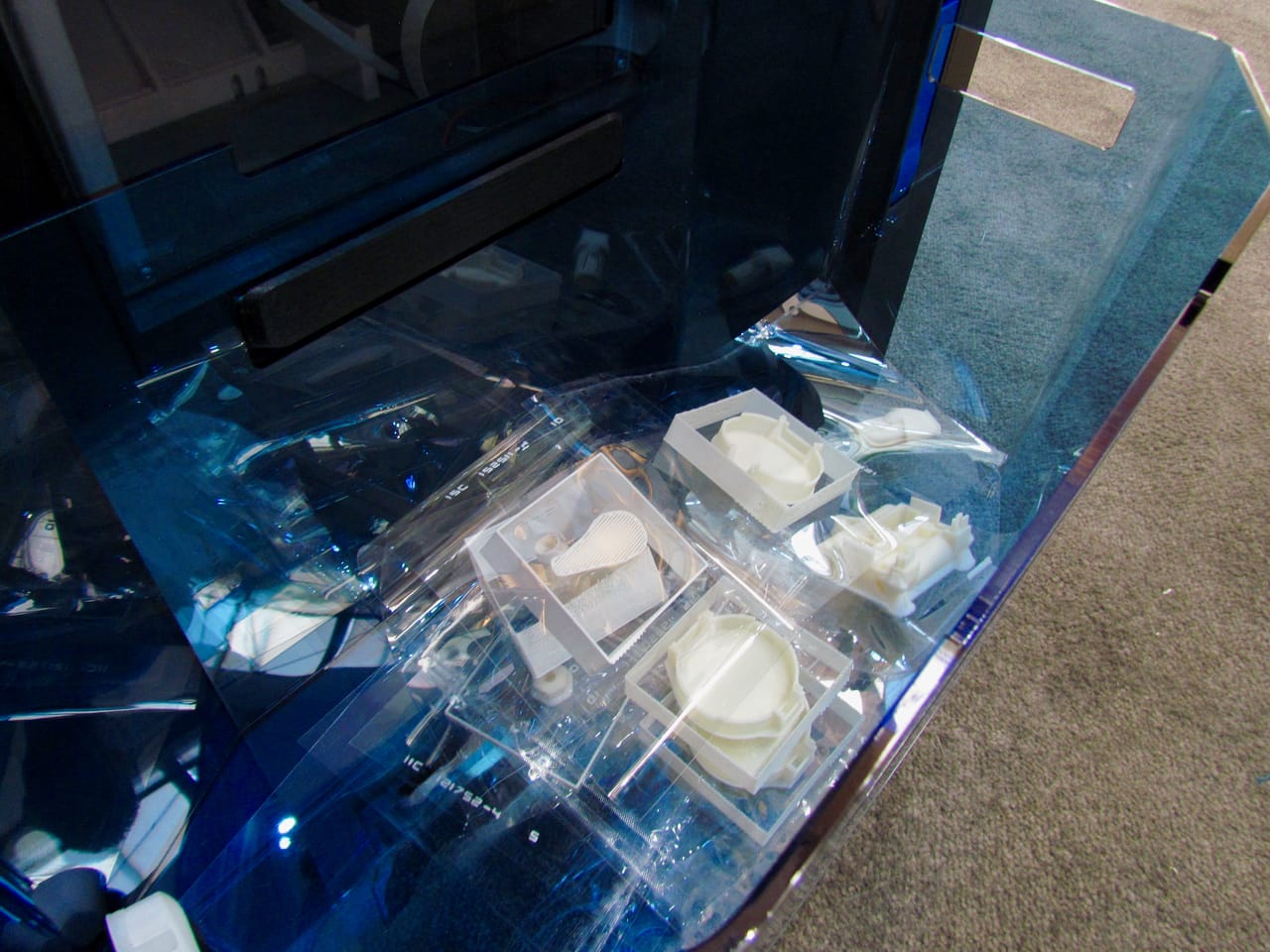
I’ve been hearing this from a number of directions lately, but let’s put it all together: parts inventories are going to die.
Well, not all, but a huge percentage could disappear.
Here’s the problem: when a product is sold it is very often serviced for years afterwards. In other words, if a product is sold this year, spare parts might be required for it next year. Or the year after. Or the year after that, and so on.
That makes sense. You can imagine the dishwasher manufacturer stocking up carloads of those fancy plastic knobs, for example.
But there are many complications to account for. Let’s go through the list.
How many part types may be required? Well, probably ALL of them. And some manufactured products may have vast numbers of parts. While a dishwasher might include a hundred or so parts, a 747-400 is made of SIX MILLION PARTS.
How many of each should be made? That depends on how many units are sold, and the likelihood of any particular part failing. But a company doesn’t really know in advance of the risk certainty, so they must hedge their bets and make more than required.
Making the replacement parts is easy, at first: just run the production line a bit longer to produce the necessary parts. The machinery is already set up to make those very parts, so why not use it?
But companies inevitably produce new models each year, and portions – or all – of the production lines must change, potentially removing the capability of producing the older parts. Thus a company might be forced to making ALL of the spare parts this year for the entire lifetime of the device’s usage.
You can understand now why some companies cease support on some older products; it’s just too expensive to make and hold on to these parts indefinitely.
What about products that are very long lived, like, say buses, railway cars or aircraft that may be operating for decades? How many spares may be required? The mind boggles.
I can imagine many manufacturing companies have vast warehouses filled with spare parts, all made on the probability they may be used in the future. However, it’s almost certain they will not all be used.
This is wastage.
Storing the parts for literally years is incredibly expensive. Even accessing them is a huge challenge. Imagine you are the person at Boeing who must find a given part for a particular model of aircraft; what kind of database must you maintain to ensure you’re providing the right part? How many programmers must you hire to look after that system and database? What procedures must you incorporate into your manufacturing process to keep it up to date?
All of these efforts could be substantially reduced if it were possible to make these spare parts on demand.
You’d want to have a world where you need only store the digital copy of the part, the 3D model, instead of the physical copies. Then, when someone actually needs one you simply 3D print it.
This is largely possible today, as the increase in 3D printers capable of producing production-ready parts has reached a critical level. It’s even possible companies in the future may design their parts with the notion of digital spare parts inventory in mind, so that they are easily 3D printable.
Why has this not yet happened?
I think there are several reasons.
First, it is possible many companies are still not aware that this is a possibility.
Second, it is likely that the spare parts in question may not be exactly 3D printable yet due to finishing, material requirements or geometry, as they were designed without re-printing in mind.
Third, older spare parts may not have the 3D model available for digital use. It may have been discarded after the spare parts were built, or perhaps in the oldest situations was never a 3D model at all and was simply blueprints used by manual workers to create parts.
Finally, companies have already invested vast sums, perhaps tens of billions of USD$ in existing spare parts inventories, and while they have been expensive, the companies are effectively committed to using them otherwise their investment is lost. It’s possible they may come out ahead if they could reclaim the cost of keeping the parts, but that would have to be evaluated in individual cases.
So it seems that the spare parts re-printing business is something for our future: companies may opt for digital inventories rather than physical inventories for future products. We’ll have physical inventories around for a while, but over time they will become fewer, and the number of 3D printers producing spare parts will increase. Dramatically.

